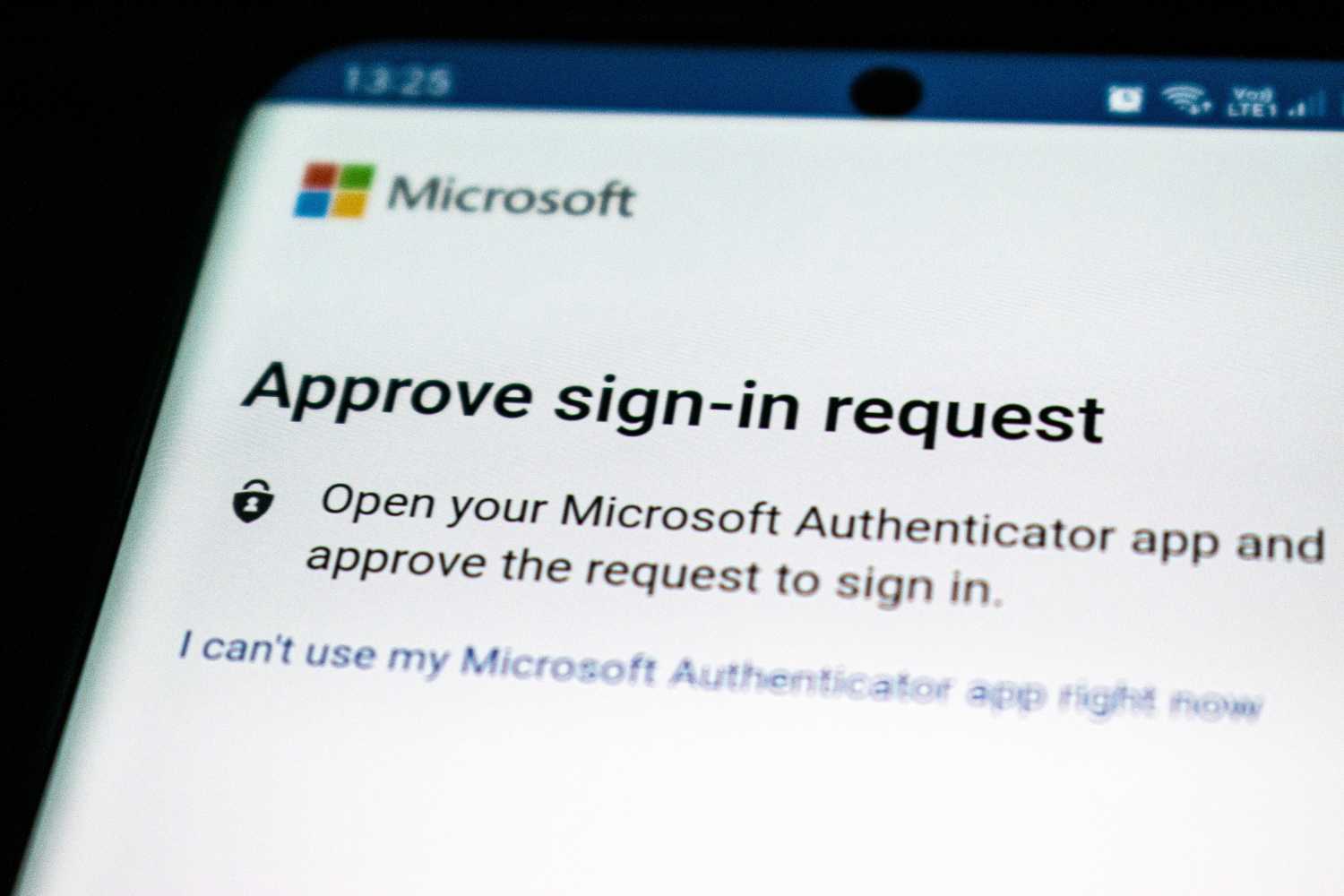
Securing Web Applications: Best Practices and Vulnerability Prevention
In this blog post, we will explore best practices for securing web applications and discuss effective measures to prevent vulnerabilities.
In today's interconnected world, web applications play a crucial role in business operations and user interactions. However, with the increasing sophistication of cyber threats, ensuring the security of web applications has become a top priority. In this blog post, we will explore best practices for securing web applications and discuss effective measures to prevent vulnerabilities.
1. Keep Software and Libraries Up to Date
Regularly updating your web application's software and libraries is essential for security. Outdated components can contain known vulnerabilities that malicious actors can exploit. Stay informed about security patches and updates released by the framework or third-party libraries you use, and promptly apply them to your application.
2. Implement Strong Authentication and Authorisation

Robust authentication and authorization mechanisms are fundamental to secure web applications. Utilize strong and properly hashed passwords, enforce multi-factor authentication for sensitive areas, and implement session management best practices. Use role-based access control (RBAC) to ensure that users can only access the appropriate resources.
3. Protect Against Cross-Site Scripting (XSS) Attacks
Cross-Site Scripting (XSS) is a common vulnerability that allows attackers to inject malicious scripts into web pages viewed by users. To prevent XSS attacks, sanitize and validate user input, use output encoding when displaying data, and implement content security policies (CSP) to restrict which external resources can be loaded by your application.
4. Secure Data Transmission with HTTPS

Ensure that sensitive data transmitted between your web application and users is encrypted using HTTPS. Obtain and install a valid SSL/TLS certificate from a reputable Certificate Authority (CA) to enable secure communication. Use HTTP Strict Transport Security (HSTS) to enforce HTTPS usage and protect against downgrade attacks.
5. Implement Robust Input Validation and Output Encoding
Web application inputs should be validated on the server-side to prevent injection attacks such as SQL injection and command injection. Apply strict input validation routines and parameterize database queries to avoid any possibility of malicious input manipulation. Additionally, encode user-generated content and data before displaying it to prevent Cross-Site Scripting (XSS) and other types of attacks.
6. Conduct Regular Security Testing
Perform comprehensive security testing of your web application to identify vulnerabilities and weaknesses. This includes conducting penetration testing, vulnerability scanning, and code reviews. Regularly assess your application's security posture to address any identified issues promptly.
7. Protect Against Cross-Site Request Forgery (CSRF)
Cross-Site Request Forgery (CSRF) attacks exploit the trust a web application has in a user's browser. Mitigate CSRF risks by implementing measures such as unique tokens or using the SameSite attribute for cookies to prevent unauthorized actions on behalf of users.
8. Apply Proper Error Handling and Logging

Effective error handling and logging mechanisms can help you detect and respond to security incidents. Implement appropriate error messages that do not disclose sensitive information to potential attackers. Log relevant security events to monitor and analyze any suspicious activities that may occur.Conclusion:Securing web applications is crucial to safeguard sensitive data, protect user privacy, and maintain trust in your application. By following best practices such as keeping software up to date, implementing strong authentication and authorization, protecting against common vulnerabilities like XSS and CSRF, and conducting regular security testing, you can significantly reduce the risk of security breaches. Remember, security should be an ongoing process, and staying vigilant against emerging threats is essential to keep your web applications secure.
Conclusion
Securing web applications is crucial to safeguard sensitive data, protect user privacy, and maintain trust in your application. By following best practices such as keeping software up to date, implementing strong authentication and authorization, protecting against common vulnerabilities like XSS and CSRF, and conducting regular security testing, you can significantly reduce the risk of security breaches. Remember, security should be an ongoing process, and staying vigilant against emerging threats is essential to keep your web applications secure.